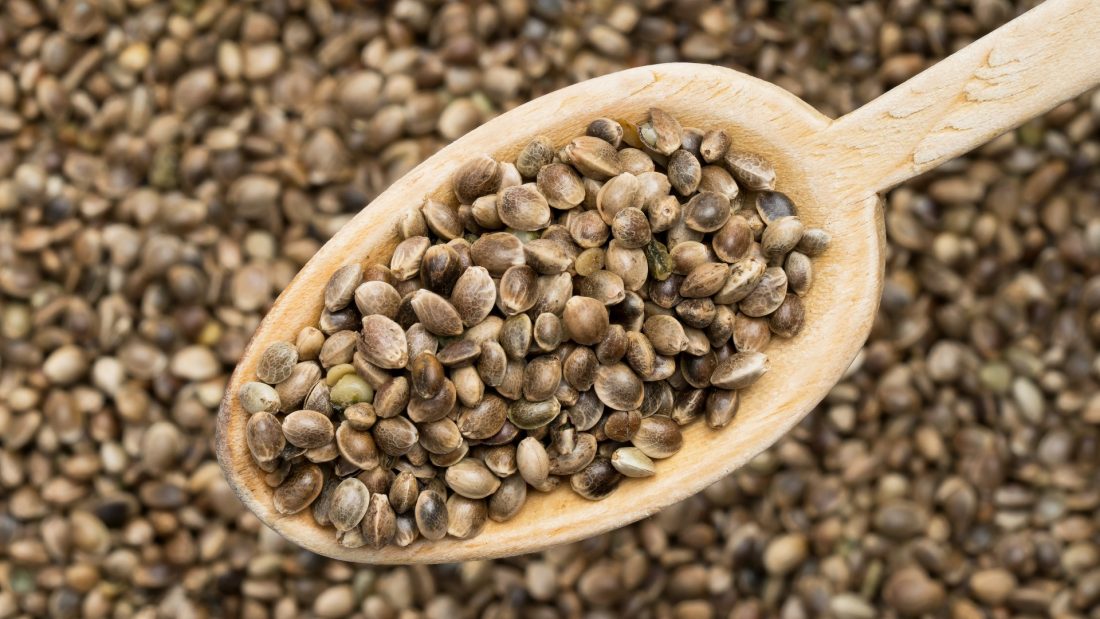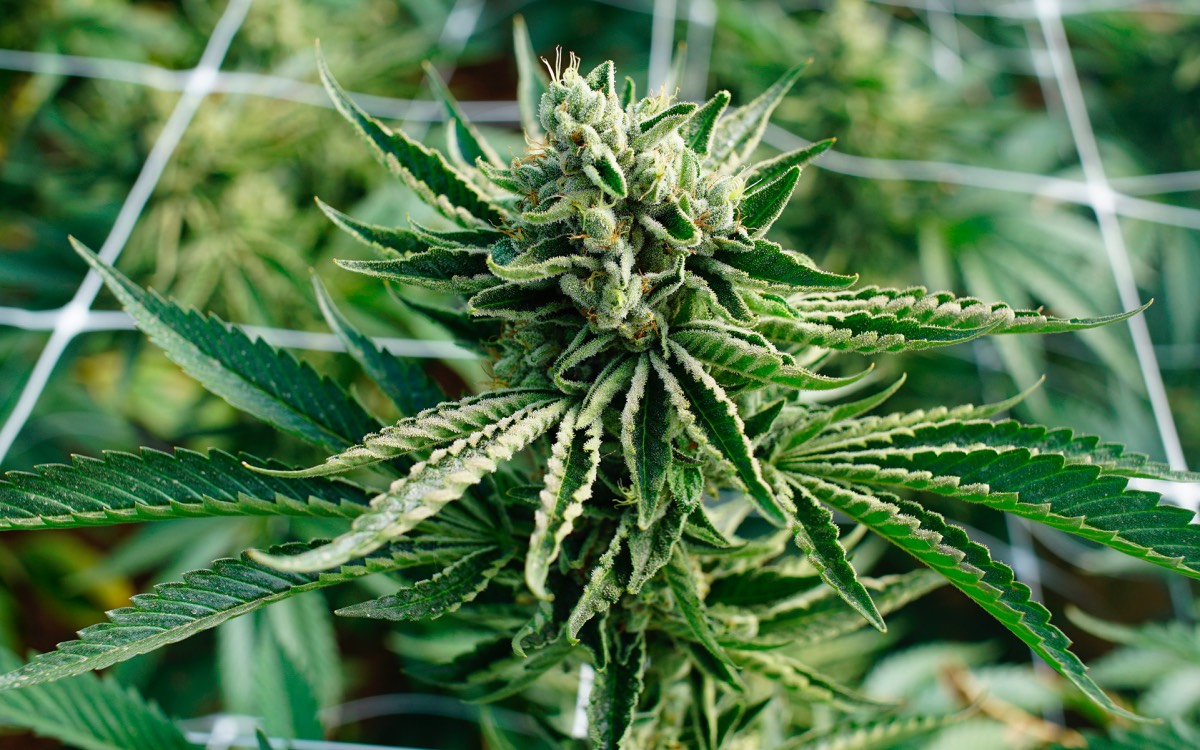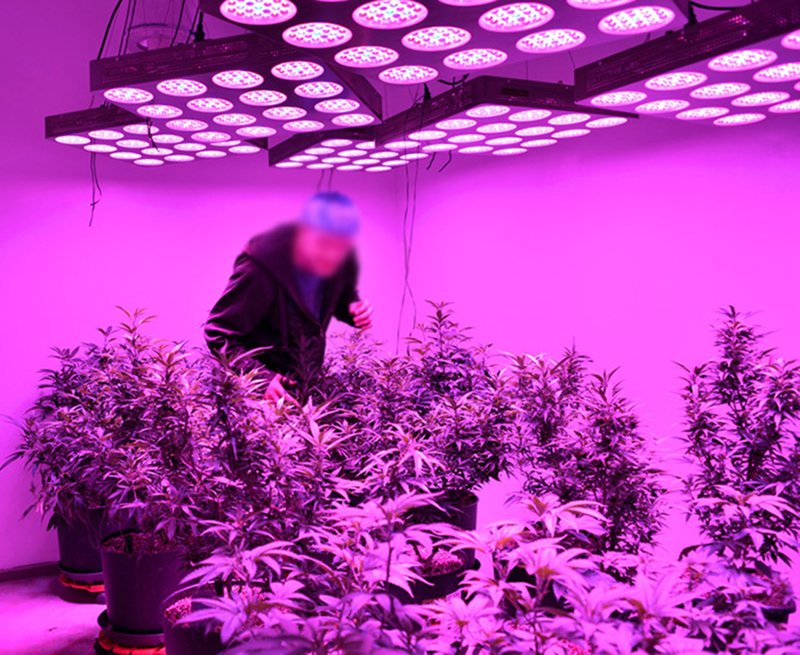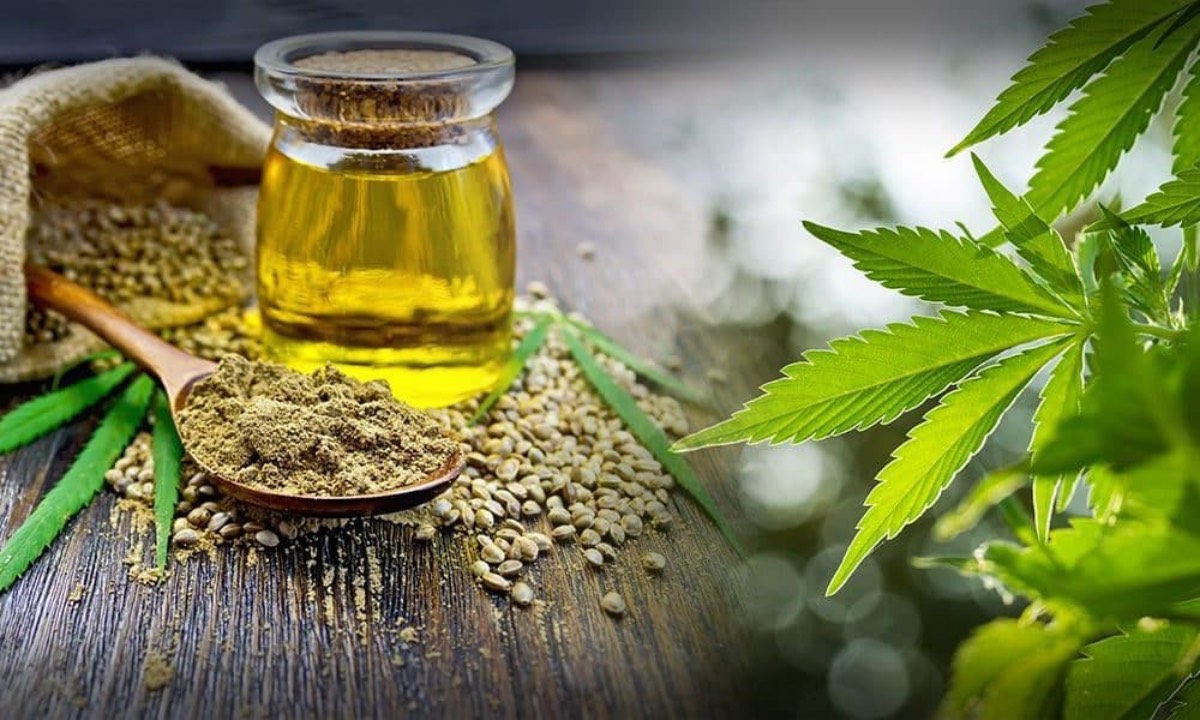[dropcap]T[/dropcap]here are so many benefits of growing marijuana at home. Home-grown cannabis buds are more affordable than the ones available at medical dispensaries. Moreover, you can ensure a continuous supply of marijuana and high-quality buds to alleviate your symptoms effectively.
Growing marijuana plants requires a lot of care. It’s not just sowing seeds and let them grow on their own, but you need to do efforts to ensure proper growth. These include maintaining proper environmental conditions, delivering the right quantity of nutrients, etc. Let’s learn the 5 incredible hacks to grow high-quality, bigger buds.

Buy High-Quality Seeds
You reap what you sow. If you want bigger buds, you need to invest in high-quality seeds. Simple! No matter how much care you do to your plants, you can’t produce good buds from subpar seeds.
When selecting cannabis strains, analyze what kind of results you want. Because the bud size, look, smell and effects vary from strain to strain. Thus, you need to do comprehensive research on everything related to the strain before taking it home.
For example, you require plenty of space for growing sativas. Some strains can be grown better indoors while others outdoors. It’s important to grow plants in a proper environment if you want a greater yield.
Wondering how to find the best strains for your personal needs? Consider answering these questions-
- Do you want physical or mental effects?
- What type of smell do you want?
- What harvest cycles and timeline do you want?
Choose a reputed to buy marijuana seeds from. You can visit its official site to get detailed information about different strains.
Add Right Nutrients
Like other plants, marijuana plants also require different minerals to fully develop. Thus, you need to supply the right amounts of nutrients regularly. When the plants are in the vegetative stage, use nutrients that are rich in nitrogen, phosphorus, and potassium.
However, you need to change your nutrient approach based on the grow stage. When your plants are in the flowering stage, supply more phosphorus with the NPK (nitrogen phosphorus potassium) ratio of 1:3:1. One quick tip is to mix wood ash with water as it contains a high amount of phosphorus. If you want bigger buds, make sure the growing process should move to the flowering stage faster. This way, the plants can spend the most time in the flowering stage, thus producing large buds.
Monitor your plants’ growth carefully. If you notice light green leaves, increase the feeding schedule. On the other hand, you should cut it if you find leaves with brown edges and tips curled back. However, you can add compost tea to improve bud growth.

Temperature & Humidity
For proper growth, you need to expose plants to their preferred temperature & humidity levels. The levels can vary depending on the plants’ growth stage.
- Seedling stage – The best humidity levels for seedlings are 65-70% for increasing water intake through leaves. Temperature with lights should be 20-25 degrees Celsius and 4-5 degrees Celcius without lights.
- Vegetation period – Humidity levels can be lowered by 5% every week, and the acceptable range is 40-70%. Temperature with lights should be 22-28 degrees Celsius and 4-5 degrees Celcius without lights.
- Flowering period – The humidity levels are lowered to 40-50%, however, you can increase them further, but should not be more than 60%. Temperature with lights should be 20-26 degrees Celsius.
- Late Flowering period – It is 1-2 weeks before harvest, and you should bring down humidity levels to 30-40%. Temperature with light should be 18-24 degrees Celsius and minus 5-10 degrees Celcius without lights.

Lighting
For growing high-quality buds, proper lighting is important. If you keep the plants indoors, they can be forced to flower after they have grown large. For the flowering stage, you should switch to 12 hour dark and 12 hour light mode.
It’s important to push your cannabis plants to the vegetative phase as soon as possible to make it start flowering to produce bigger buds.
For indoor growing, you should invest in high-quality grow lights. Position the lights on the plants correctly, and make sure they don’t burn leaves or create heat stress. Additionally, adjust the intensity of lights carefully, and monitor the growth of plants regularly.
Check pH Levels
Adding nutrients is good, but what if your plants aren’t absorbing them? They can’t grow properly. To ensure the nutrients are reaching the plants, always set the pH level of the soil or hydroponic solution carefully. The ideal pH level for growing marijuana plants is 6, however, anything between 5.8 and 6.5 is fine.
If the soil’s pH levels are below 5.8, your plants are unable to absorb magnesium, thus causing the leaves to turn yellow. For non-soil growing medium like Rockwool, the pH level of 5.5 would be great. To increase/decrease the pH levels of the soil, you can find a wide range of products online.
In conclusion, growing marijuana plants can be easier if you become successful in maintaining proper environmental conditions. For producing bigger, crystal-studded flowers, you need to do proper temperature and humidity settings. Moreover, you should add nutrients to the plants regularly, invest in high-quality lighting, and maintain the right pH levels of soil. It’s important to read online blogs regularly to increase your knowledge and learn new methods to increase the yield of your cannabis plants.
Now, growers can increase grow limits by getting marijuana grower licenses. For instance, a California medical marijuana grower license allows you to increase grow limit to 99 plants. Talk to medical marijuana doctors to see if you qualify for a cannabis grower’s license.







